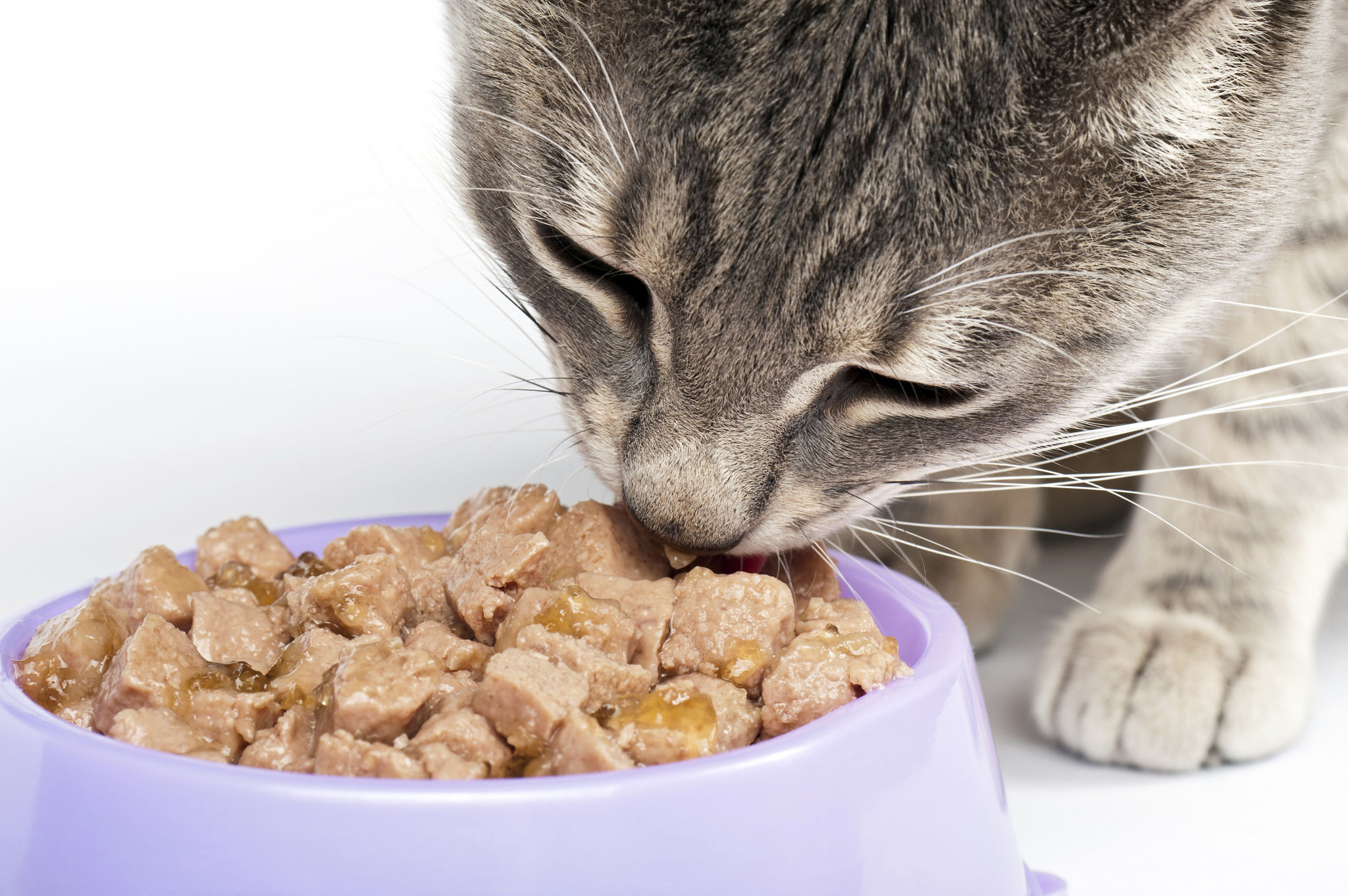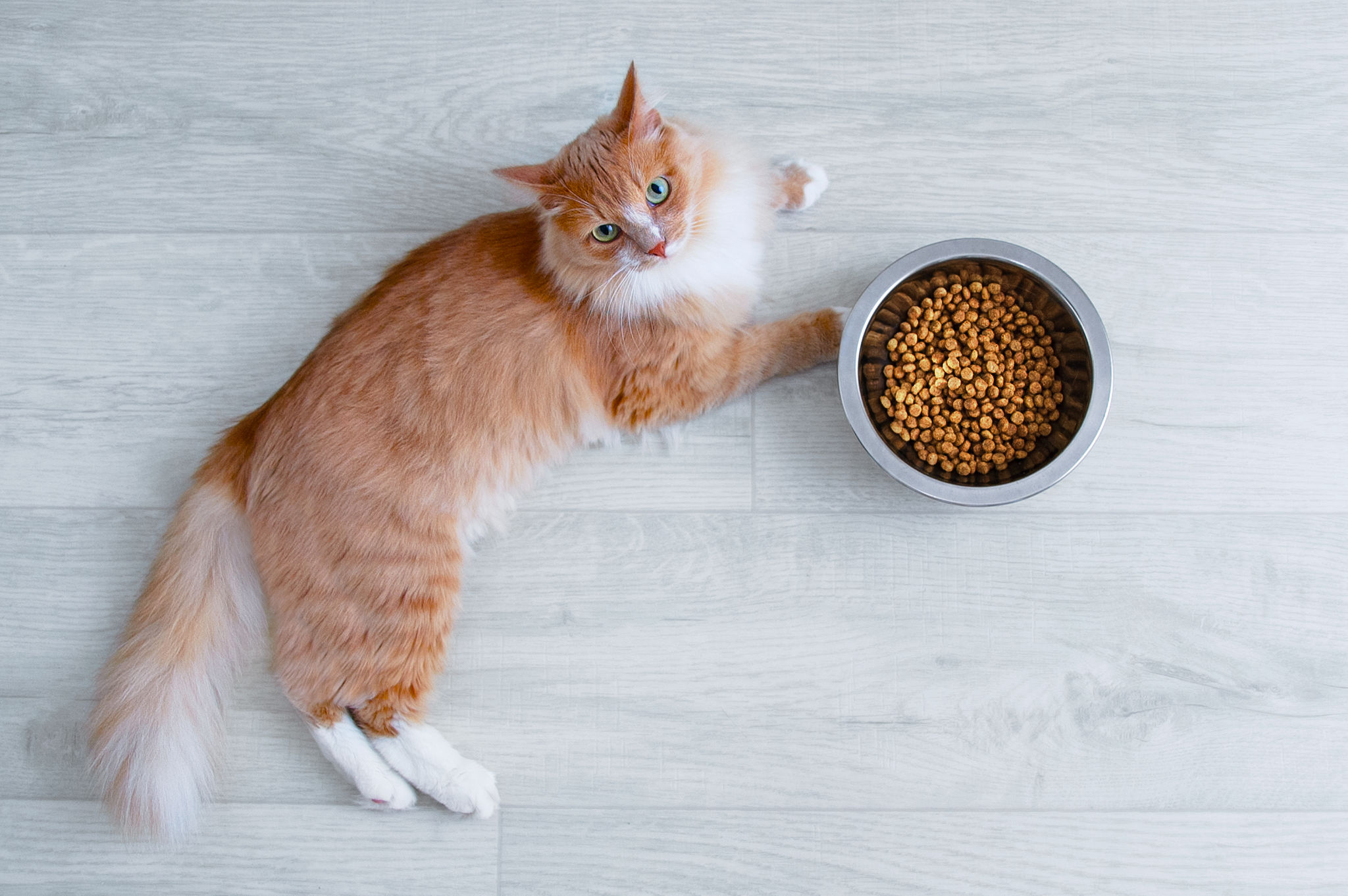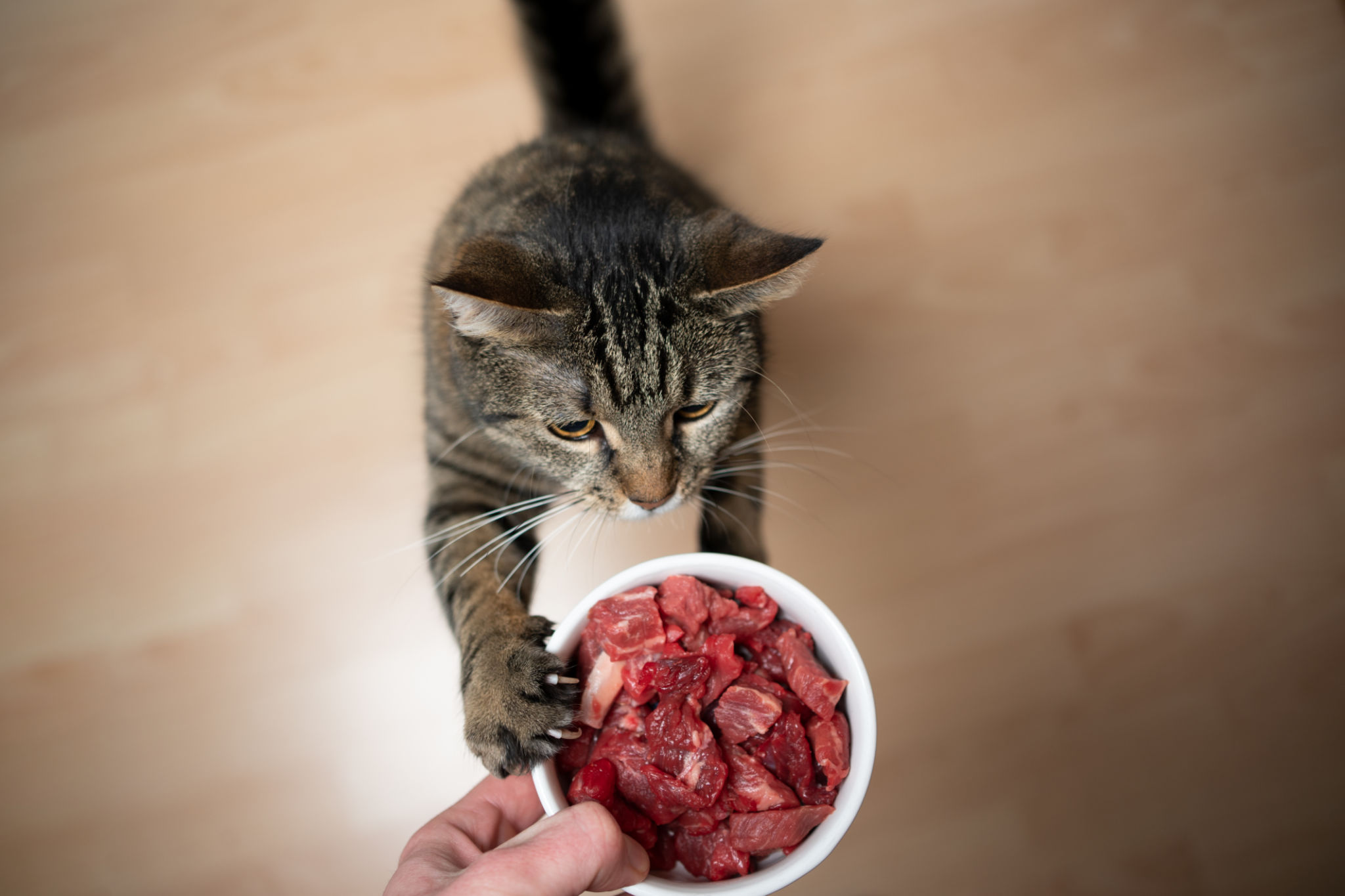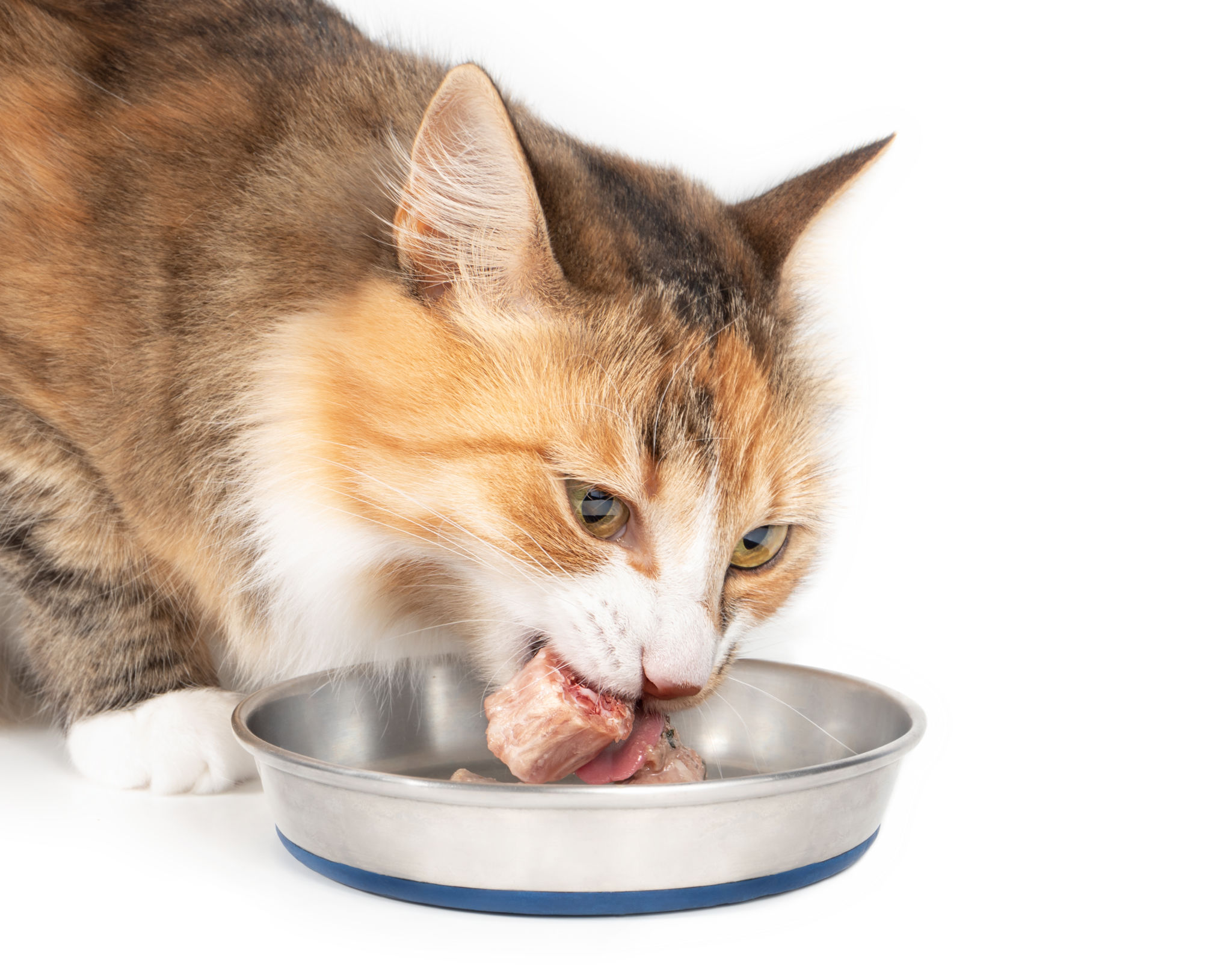From Kibble to Carnivore
From Kibble to Carnivore: How to Transition Your Cat from Dry or Low-Quality Food to a Healthier Diet

Many cat owners feed their beloved pets dry food or popular supermarket brands like Whiskas, Friskies, or Felix, believing they’re providing something tasty and nutritious. Unfortunately, these convenient options are often full of low-grade ingredients, grains, sugars, and synthetic additives that can take a serious toll on feline health over time. Whether it’s dry kibble or a low-quality wet food, the result is the same: dehydration, poor digestion, and an increased risk of chronic diseases such as urinary tract issues, diabetes, obesity, and kidney failure.
The good news? You can dramatically improve your cat’s health and quality of life by transitioning them to a species-appropriate diet—whether that’s high-quality wet food or a balanced raw diet. Cats are obligate carnivores designed to eat meat, moisture-rich foods, and minimal carbohydrates. But transitioning them—especially if they’ve been eating the same food for years—requires patience and a structured approach.
Why Transition Away from Dry or Low-Quality Wet Food?
Low moisture: Kibble and many supermarket pouches contain 5–15% moisture. Cats, being desert animals, naturally obtain most of their water through food. Chronic dehydration leads to urinary issues, constipation, and kidney stress.
Excessive carbohydrates: Dry and low-grade wet foods often contain wheat, corn, soy, and starches to bind or bulk up the food—none of which are appropriate for cats.
Poor protein quality: Supermarket brands often use animal by-products and meat meals, which are heavily processed and low in nutritional value.
Additives and sugars: These make the food addictive but harmful. Added sugars can contribute to obesity and insulin resistance.
The 90–10 Transition Method (and Why It Works)
Cats don’t respond well to sudden changes. Not only are they picky eaters, but abrupt food switches can cause vomiting, diarrhea, or food refusal. Gradual transition is key—both to avoid digestive upset and to allow their taste preferences and gut microbiome to adapt.
Here’s how to do it:
| Days | Old Food | New Food |
| Days 1–3 | 90% old | 10% new |
| Days 4–6 | 80% old | 20% new |
| Days 7–9 | 70% old | 30% new |
| Days 10-12 | 60% old | 40% new |
| Days 13-15 | 50% old | 50% new |
| Days 16-18 | 40% old | 60% new |
| Days 19-21 | 30% old | 70% new |
| Days 22-23 | 20% old | 80% new |
| Days 24-25 | 10% old | 90% new |
| Days 26+ | 0% old | 100% new |
Tip: Mix the foods thoroughly so your cat can’t just pick out the parts they prefer.
If your cat resists at any stage, pause and maintain that ratio for a few extra days. It’s better to move slowly than risk your cat refusing food altogether.

What to Switch To?
There are two excellent alternatives to dry or low-quality wet food:
1. High-Quality Wet Food
Look for brands that use whole meats, have no grains or sugar, and minimal or no synthetic additives. Choose options with high moisture content and clear labelling (e.g., “chicken breast” rather than “meat derivatives”).
2. Balanced Raw Food
This is the closest you can get to what cats eat in the wild. A raw diet made from muscle meat, organs, and bone provides natural hydration and optimal nutrition. You can prepare it at home (with guidance and supplements) or buy pre-made balanced raw meals from reputable brands.
Ditch Free-Feeding and Schedule Meals
One of the biggest hurdles in transitioning from dry food is breaking the free-feeding habit. Many cats are used to having dry food available 24/7 and will not recognize structured meal times. Here's how to break the cycle:
Start with two scheduled meals a day.
Offer food for 15–30 minutes, then remove it—even if they haven’t eaten.
Cats may skip a meal or two at first, but a healthy cat won’t starve themselves.
This approach also encourages your cat to eat when food is offered, making it easier to introduce new types.
What About Cats Addicted to Kibble or Whiskas-Style Pouches?
These foods are often coated with flavor enhancers and sugars to make them irresistible—think fast food for cats. Weaning off can be tough.
Tips to ease the transition:
Sprinkle freeze-dried raw treats (like chicken or liver) over the new food.
Add a bit of tuna juice, clam juice, or meat broth (no onions/salt).
Warm the new food slightly to release aromas—never microwave raw.
Try various textures: pâté, shredded, minced, mousse.
Keep mealtimes calm and consistent.
If your cat eats Whiskas or similar wet food, switch to a better-quality wet food first before considering raw. You can still use the 90–10 method for each step.

Why Not Dry Food at All?
You might wonder whether it’s okay to leave some dry food “just in case.” But here’s why it’s better to eliminate it completely:
Dry food undermines hydration efforts.
It encourages grazing and overeating.
It keeps your cat addicted to its flavor enhancers and crunchy texture.
You’ll end up with partial progress at best.
Even the best kibble is still dry, high-carb, and inferior to a moist, meat-based diet.
Final Thoughts: It’s Worth It
Yes, it takes time and patience. Yes, your cat may protest. But transitioning to a fresh, species-appropriate diet can profoundly impact your cat’s well-being.
You’ll likely notice:
Shinier coat
More energy
Fewer vet visits
Better digestion and smaller stools
Improved hydration and kidney support
You’re not just feeding your cat—you’re investing in their long-term health. Every step toward better nutrition is a step toward a happier, healthier life for your feline companion.
🧡 Martyna
Feline Behaviourist & Nutritionist
Founder of CatZone
